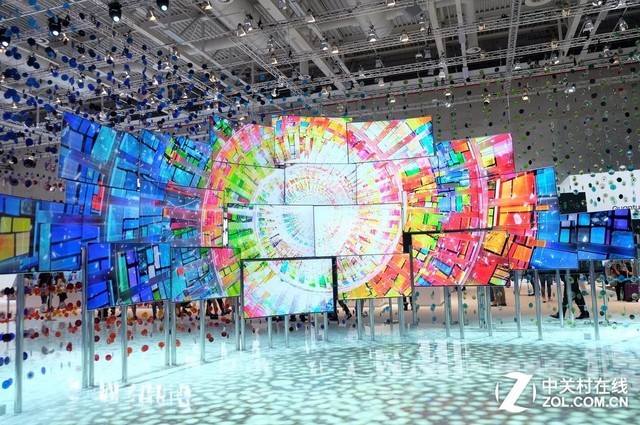Traditional manufacturers achieve anti-counterfeiting! ZDC Third Quarter TV Report
I. Overview of China's TV Market Development in the Third Quarter of 2017
· The price tends to be flat but the overall market remains sluggish
Since the second half of 2017, LCD panel prices have been on a steady decline across most sizes, and this trend has continued for nearly a year. This drop in panel costs has created some breathing room for TV manufacturers, allowing them to stabilize retail prices. However, despite this stability, the third quarter is traditionally a slow period for the color TV market. During this time, consumer demand shifts towards air conditioners and washing machines, especially with major shopping festivals like "May Day" and "618" influencing purchasing behavior. As a result, the TV market remained weak during the third quarter of 2017.

Traditional manufacturers achieve anti-counterfeiting! ZDC Third Quarter TV Report
· High-end products show contrarian growth
With the ongoing trend of consumer upgrades and rising panel prices, a new wave of TV product innovation emerged in 2017. Image quality became a key factor in purchase decisions, and display technologies such as quantum dots and OLEDs gained popularity among consumers. Major brands like Samsung, TCL, and Hisense focused on quantum dot technology, while companies like Skyworth, LG, and Changhong expanded their OLED offerings. These high-end models captured growing consumer interest, with more people willing to pay for better picture quality. As a result, the influence of price on purchasing decisions gradually decreased.

Consumer upgrade brings a new iteration of TV products
· Traditional manufacturers gain ground
Internet TV has long been associated with affordability, offering great value through low prices, rich content, and good specs. This model disrupted the traditional TV industry and attracted many consumers. However, starting from late 2016, as panel prices began to fluctuate, internet TV brands lost their main competitive edge, leading to a decline in their market visibility.
In contrast, traditional TV brands have stronger, more integrated supply chains, making them less vulnerable to panel price increases. When faced with similar pricing, consumers are increasingly turning to well-known traditional brands. Additionally, the push toward ultra-high-definition and large-screen TVs reflects a broader shift in product strategy toward higher-end models. As a result, traditional manufacturers saw a strong recovery in the third quarter of 2017.
Overall, the Chinese TV market in Q3 2017 was marked by price stabilization, a seasonal slowdown, and a growing demand for premium products. While the market remained sluggish, it also showed signs of transformation, with traditional players gaining strength and high-end innovations capturing consumer attention.
(Word count: 512)For Nokia Glass,Mobile Front Glass Oca,Oca Front Glass,Oca Front Glass For Nokia
Dongguan Jili Electronic Technology Co., Ltd. , https://www.jlglassoca.com